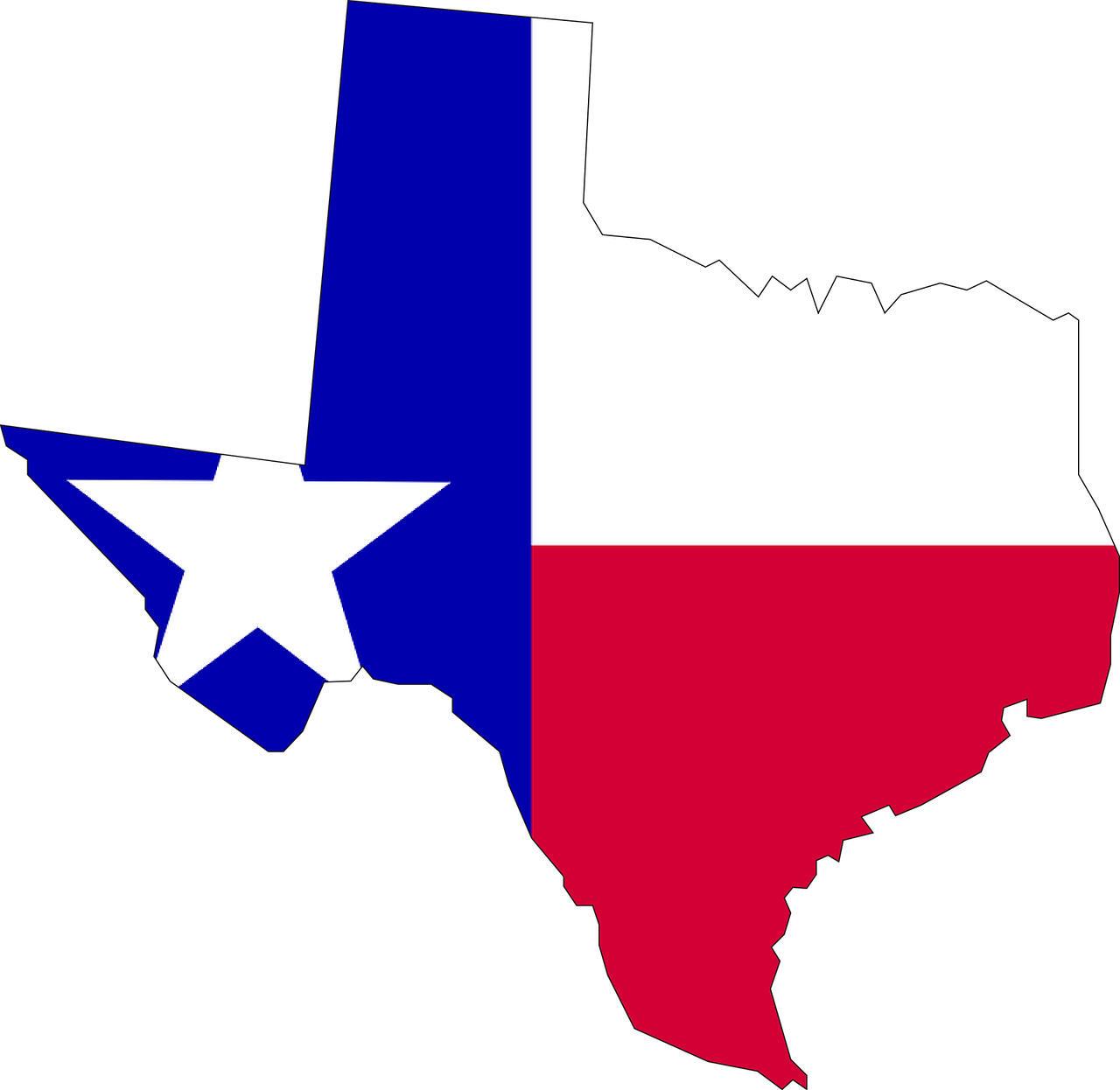Why It's Time to Rethink Your Plan
- Texas Health Insurance Premiums_ 2023 Analysis.wav00:00

Employer-sponsored health insurance:
it’s the backbone of coverage for nearly 165 million Americans under 65. But let’s face it—this backbone is bending under the weight of rising premiums. If you’re an employer or employee feeling the pinch, you’re not alone. In fact, projections for 2025 suggest an 8% hike in healthcare costs, which feels about as welcome as a surprise root canal.
At The Franco Suarez Agency, we’re here to lighten the load (and maybe even make this ride a little smoother). Let’s unpack what’s going on with health insurance costs and explore how solutions like HRAs (Health Reimbursement Arrangements) can help you take back control.
A Quick History of Rising Premiums
Health insurance premiums have skyrocketed faster than inflation and wage growth. In 2000, the average premium for single coverage was $4,698 (adjusted for inflation). By 2023, that number had jumped to $8,182—a 74% increase! Family coverage? A staggering $23,938 in 2023, more than double the cost two decades ago.
What’s worse, employees are shouldering more of the burden. In 2000, workers paid 16.9% of the cost for single coverage; by 2023, it was 20%. Family coverage went from 23.8% to 28.8%. Ouch.
The takeaway: Everyone’s paying more, and no one’s thrilled about it.
Midsize Firms: Stuck in the Middle
If you’re running a midsize business (25–99 employees), you’ve got a unique challenge. Your employees pay more for healthcare while receiving less employer support than those at smaller or larger firms.
- Single Coverage: Employees pay $1,810 (above the national average of $1,640).
- Family Coverage: Employees fork out $8,839 (compared to the national average of $6,889).
Small businesses often benefit from tax credits, and big corporations have the cash to offer stellar benefits. Midsize firms? They’re caught in the middle, often shifting costs to employees.
Our solution: A QSEHRA (Qualified Small Employer HRA) or ICHRA (Individual Coverage HRA) can level the playing field, giving midsize firms the flexibility to compete without breaking the bank.
The High Cost of High Pay
If you’re in industries like finance, real estate, or professional services, congratulations! Your benefits are expensive. These sectors tend to offer comprehensive coverage, leading to premiums that make the rest of us gasp:
- Single Coverage: $8,653 in professional services.
- Family Coverage: Nearly $24,800 annually.
But the bright side? Many employers in these industries absorb more of the cost, keeping employee contributions reasonable.
Tip for employers: An HRA strategy can help you maintain competitive benefits while managing costs effectively.
The Texas-Sized Health Insurance Problem
Right here in Texas, we’re keeping pace with the national averages:
- Single Coverage Premiums: $8,180.
- Family Coverage Premiums: $23,976.
But Texans also face higher-than-average employee contributions for family plans, at $7,391 annually. The employee share of family coverage sits at 30.8%, above the national average of 28.8%.
What Can You Do?
If reading these numbers makes you feel like health insurance costs are spiraling out of control, it’s time to pump the brakes. At The Franco Suarez Agency, we specialize in crafting solutions that put you back in the driver’s seat.
HRAs are one of the most powerful tools available. Whether it’s a QSEHRA or ICHRA, these plans let employers reimburse employees tax-free for premiums and out-of-pocket expenses. The result? Flexibility, cost savings, and happier employees.
Let’s Chart a New Course
Don’t let healthcare costs steer your business into the ditch. Whether you’re a small business owner, a midsize employer, or someone just trying to make sense of the madness, The Franco Suarez Agency is here to help.
Contact us today to explore HRA options and discover how an expert in health insurance and financial planning can turn those rising premiums into manageable, predictable costs.
Because when it comes to health insurance, a little expertise can go a long way. And who doesn’t love a smoother ride?

